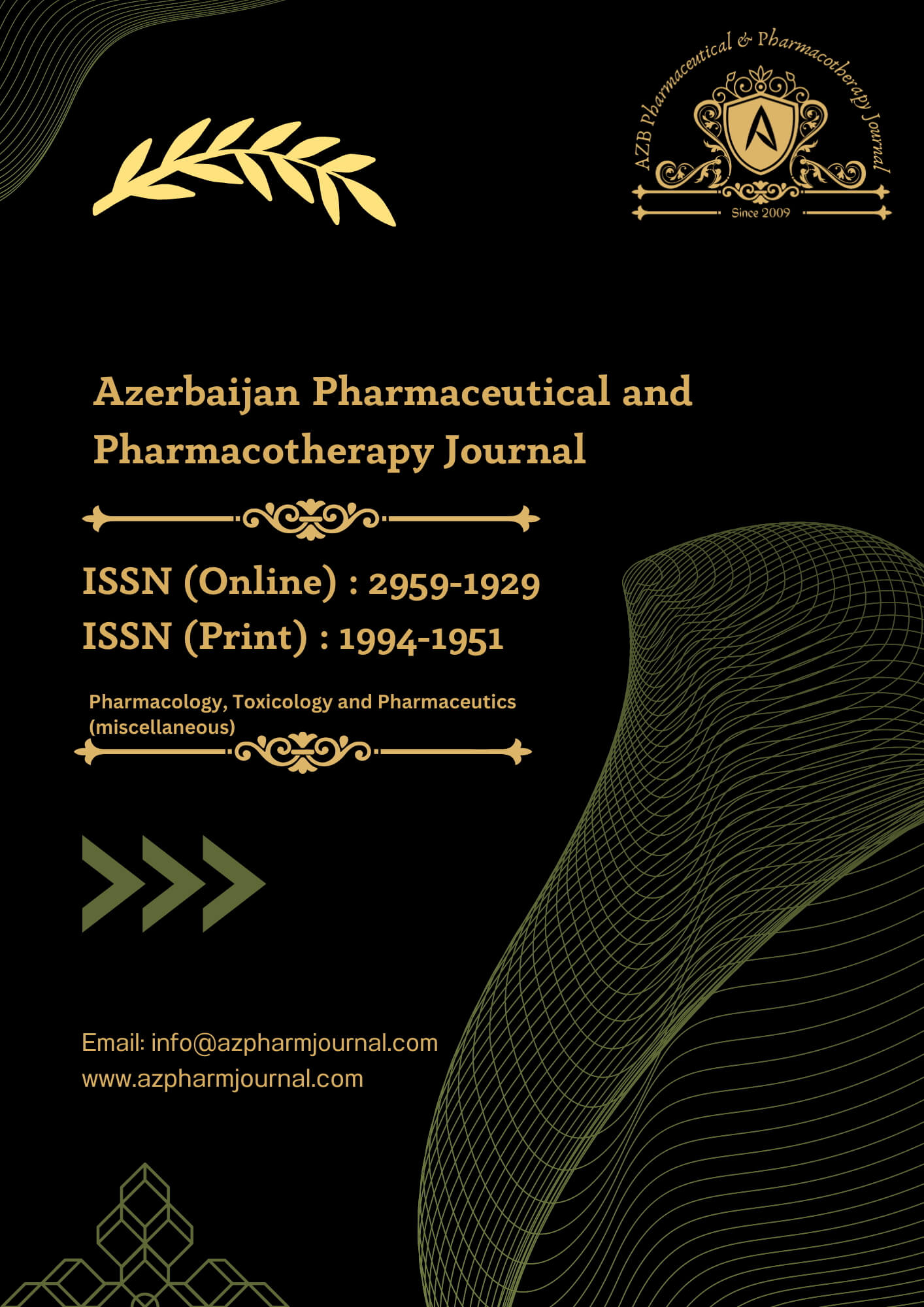8. Discussion
The current investigation highlights the frequent occurrence of bacterial strains (such as Staphylococcus aureus, Enterococcus spp., Enterobacteriaceae, Pseudomonas aeruginosa, Acinetobacter spp.) exhibiting MDR, XDR, and PDR features in some hospitals and health centers in Najaf city, Iraq.
In this surveillance, significant differences were observed among the samples and strains. The study included 42.4% males and 74.5% females as participants. Hidron and colleagues reported an increased number of samples taken from women due to their greater vulnerability to bacterial infections [5]. Gender, as a biological variable, influences immune responses, with women being more prone to infections, particularly urinary tract infections caused by a variety of pathogens including fungi, viruses, bacteria, parasites, and allergens [6,7]. These results are consistent with previous studies [8,9,10].
Consistent with the literature, the present study revealed that about 44% of the total specimens were infected with E. coli (28.48%), Klebsiella (13.30%), and Proteus (3.03%), suggesting that E. coli is a dominant uropathogen [11].
Out of the 126 isolates classified as MDR, 36 isolates were E. coli, followed by Staph saprophyticus (33 isolates), and Staph aureus (26 isolates), in agreement with earlier observations [12]. However, these figures were higher than those obtained from a study conducted by Rasheed [13]. Consistent with AL-Mohana's findings, two isolates of Staph. aureus were classified as XDR and one as PDR [14,15]. This could be attributed to factors such as the presence of the mecA gene, deformation/mutation of porin proteins, membrane impermeability, and the accumulation of a lipid layer covering the cell wall [15]. The present study reported strains of Staphylococcus aureus that were more drug-resistant than other staphylococcal strains, particularly showing resistance against third-generation cephalosporins [16]. Furthermore, out of 126 isolates, 33 isolates were Staph. saprophyticus, constituting approximately 26% of the MDR-classified isolates. Additionally, only one isolate was classified as XDR with no isolates classified as PDR, which aligns with previous reports [17].
These differences can be partially explained by the ongoing evolution of MDR strains across different regions of the world and the significant geographic heterogeneity in MDR strains among various countries [18,19].
Regarding the type of specimens, out of 126 MDR isolates, 49 specimens (38%) were from urine samples, with MDR bacteria accounting for 38%. Additionally, 30 specimens (23%) were from vaginal swabs, while lower percentages were observed in the remaining specimens. These findings align with certain studies [20], but lower percentages were recorded by Aljanaby [21]. Notably, strains isolated from urine often comprised gram-negative bacteria resistant to antibiotic therapy, indicating a potential for developing resistance, as previously reported [4,7].
The current study found that the majority of isolated E. coli strains exhibited resistance to more than half of the antibiotics tested, indicating a high degree of resistance compared to other detected isolates [22]. The results also showed that Klebsiella pneumoniae exhibited higher resistance than other Enterobacteriaceae strains after E. coli. This could be due to these strains having a $\beta$-lactam ring supported by Zwitterionic bridges, providing protection against these antibiotics [4]. Some reports from the same city as the current study indicated susceptibility of most isolates to ceftazidime and ceftriaxone [21,23]. Consistent with the literature, bacterial isolates in the present study demonstrated resistance to ceftriaxone and ceftazidime [19].
Furthermore, strains of Escherichia coli and Staphylococcus aureus exhibited resistance to more than two antibiotics, particularly third-generation cephalosporins, amikacin, sulfamethoxazole-trimethoprim, piperacillin, and ciprofloxacin. This high level of resistance could be attributed to a high rate of adaptive mutations. Antibiotics in the drug discovery pipeline continue to face challenges due to increased drug-resistant strains, putting patients at risk of bacterial infections. Hence, investigating bacterial strains and their resistance to antimicrobial medications could provide valuable insights for drug discovery.
